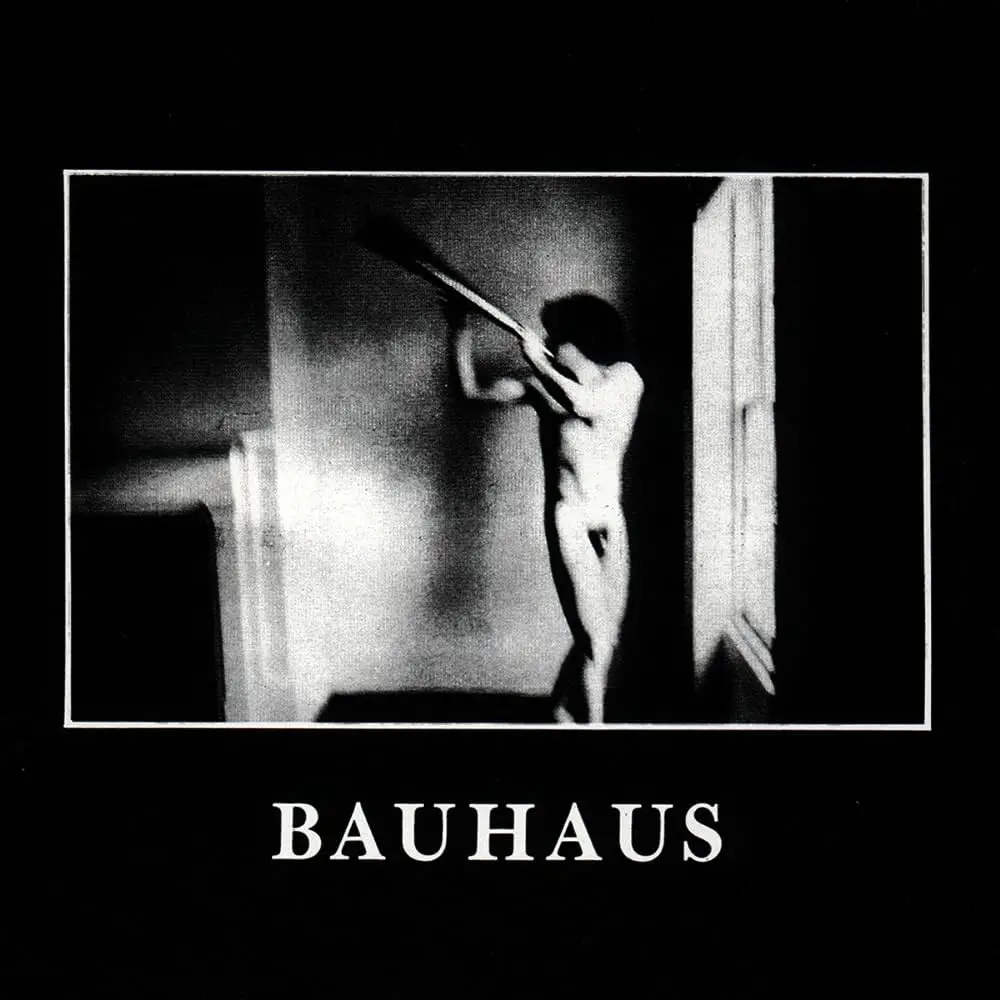A Groundbreaking History and Development
Picture it: the tail end of the 1970s, a time when the music scene was brimming with the echoes of disco and rock ‘n’ roll. Amid this backdrop, Bauhaus, an English band formed in 1978, disrupted the status quo with their genre-defining debut album “In the Flat Field.” Released in 1980, this album not only marked the dawn of gothic rock but also served as a catalytic fusion of post-punk, glam rock, and art rock elements.
Peter Murphy (vocals), Daniel Ash (guitar), David J (bass), and Kevin Haskins (drums) weren’t just a band; they were architects of a new musical landscape. “In the Flat Field” burst onto the scene like a dark, mysterious figure, capturing the ethos of a generation yearning for something more—something deeper than the superficial glamour and polish of the decade.
Even before its release, Bauhaus had already gained notoriety with their single “Bela Lugosi’s Dead,” which wasn’t part of the album but set the tone for what was to come. With its haunting ambience and eerie vocals, the single grabbed attention and prepared the ground for “In the Flat Field.”
A Riveting Track Listing
The album kicks off with “Double Dare,” a track that immediately establishes its atmosphere with its brooding bass lines and echoing vocals. It serves as an appetizer, setting the mood for the rest of the album.
“Spy in the Cab” and “St. Vitus Dance” dig even deeper into the darker aspects of life, tackling themes like surveillance and the chaos of modern living, respectively. These tracks engage listeners with their raw energy and complex instrumentation.
“In the Flat Field,” the title track, stands as a landmark within the album. Frenzied and potent, it embodies the essence of the entire record, serving as a microcosm of the band’s approach to music and life.
But Bauhaus didn’t just dwell on the bleak. Songs like “Dive” and “A God in an Alcove” present a more poetic and, dare we say, somewhat hopeful outlook. They offer listeners a brief respite before plunging back into the darkness with the final track “Nerves,” which leaves an indelible mark, encapsulating the existential disquiet that pervades the album.
Significant Reviews That Shaped Perception
“In the Flat Field” shook the music critics of its time. Some praised it for its audacity and innovation, while others criticized it for being overly grim. The album received reviews that ranged from ecstatic to dismissive, yet it’s hard to deny that it provoked a reaction from everyone who listened to it.
NME (New Musical Express), an influential music journalism outlet, lauded the album for its artistic audacity and thematic depth. However, not all reviews were glowing. Some critics found the album too dark, or accused it of being a spectacle without substance. These criticisms, although few, created an atmosphere of intense discussion around the album.
Today, the album enjoys a high level of respect among critics and fans alike, frequently appearing on lists of the best albums of the ’80s or of the gothic rock genre. Its initial polarizing reviews have evolved into almost universal acclaim, solidifying its status as a timeless piece of music history.
Exploring the Key Themes
One of the reasons why “In the Flat Field” has remained an enduring classic lies in its thematic richness. This is not an album you skim through; it demands your attention and cognitive engagement.
Take for example the title track, “In the Flat Field.” The lyrics seem to grapple with existential themes, touching on the banality of everyday life and the longing for something more. The flat field serves as a metaphor for a life lived without passion or purpose, urging listeners to break free and seek deeper meaning.
Similarly, “Spy in the Cab” delves into the theme of surveillance and privacy, issues that have become even more relevant in our modern, technology-driven society. It explores the paranoia and alienation that come from feeling constantly watched, an emotional landscape that resonates with the anxieties of contemporary life.
Version and Release History
The impact of “In the Flat Field” extended beyond its initial release. The album has seen multiple re-releases and versions, each with its own set of additional tracks and remastered sound. In 1988, the album was re-released as part of a boxed set, and in 1998, it was remastered with bonus tracks.
One significant re-release was the 2009 Omnibus Edition, which included not only a remastered version of the album but also rare live recordings and an entire disc dedicated to outtakes and demos. This provided fans with a comprehensive look at the creative process behind the album.
Similar Albums That Evoke the Same Spirit
When we talk about albums similar to “In the Flat Field,” the conversation naturally drifts toward other landmarks in the gothic rock and post-punk genres. Albums like Joy Division’s “Unknown Pleasures” and Siouxsie and the Banshees’ “Juju” share a similar ethos. They each capture a specific form of angst and ennui that defined a generation, using music as a vehicle to explore dark, complex emotions.
But the magic of “In the Flat Field” isn’t just in its innovation; it’s in its timelessness. Albums like The Cure’s “Seventeen Seconds” or more recent offerings like Interpol’s “Turn on the Bright Lights” showcase how the core themes and musical stylings of “In the Flat Field” continue to resonate with audiences today.
In The Flat Field
As the music landscape continues to evolve, the influence of “In the Flat Field” reverberates through the corridors of time, its themes and sounds just as relevant today as they were over four decades ago. Whether you’re a long-time fan or a newcomer to the world of Bauhaus, the album beckons you to take a deeper look, to peel back its layers and discover the complexities that lie within. It’s a call that’s hard to ignore.

